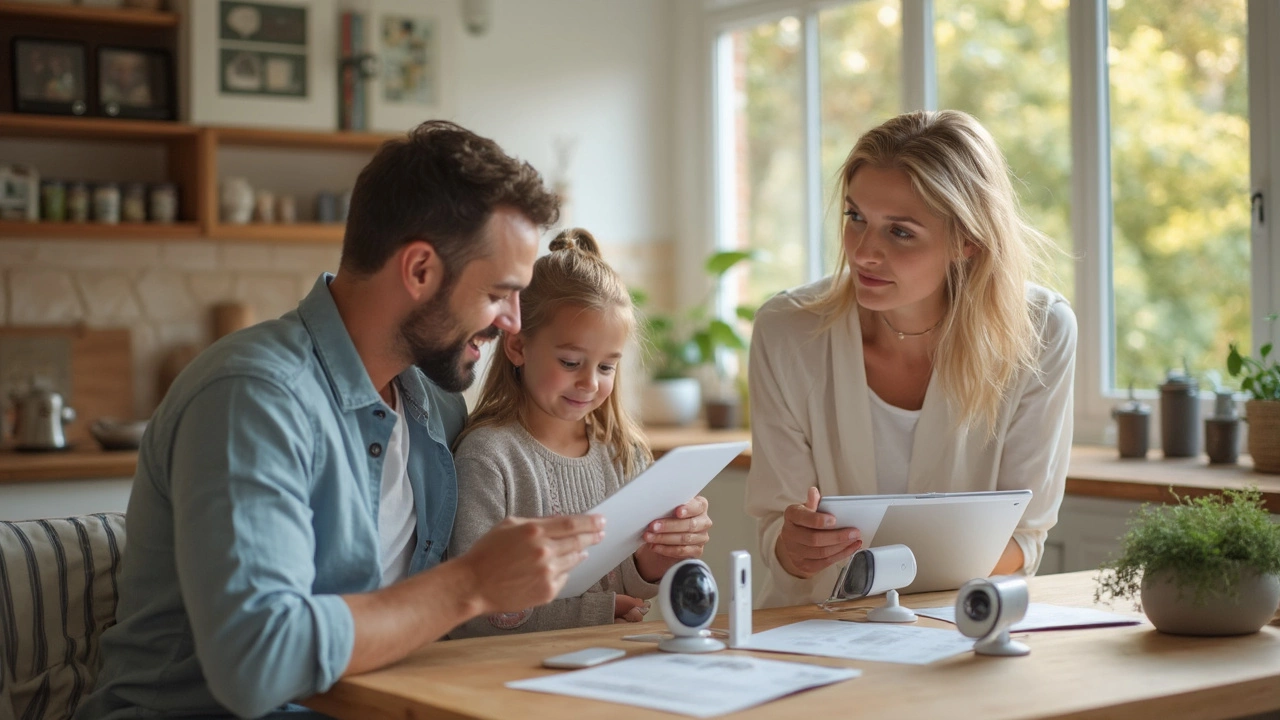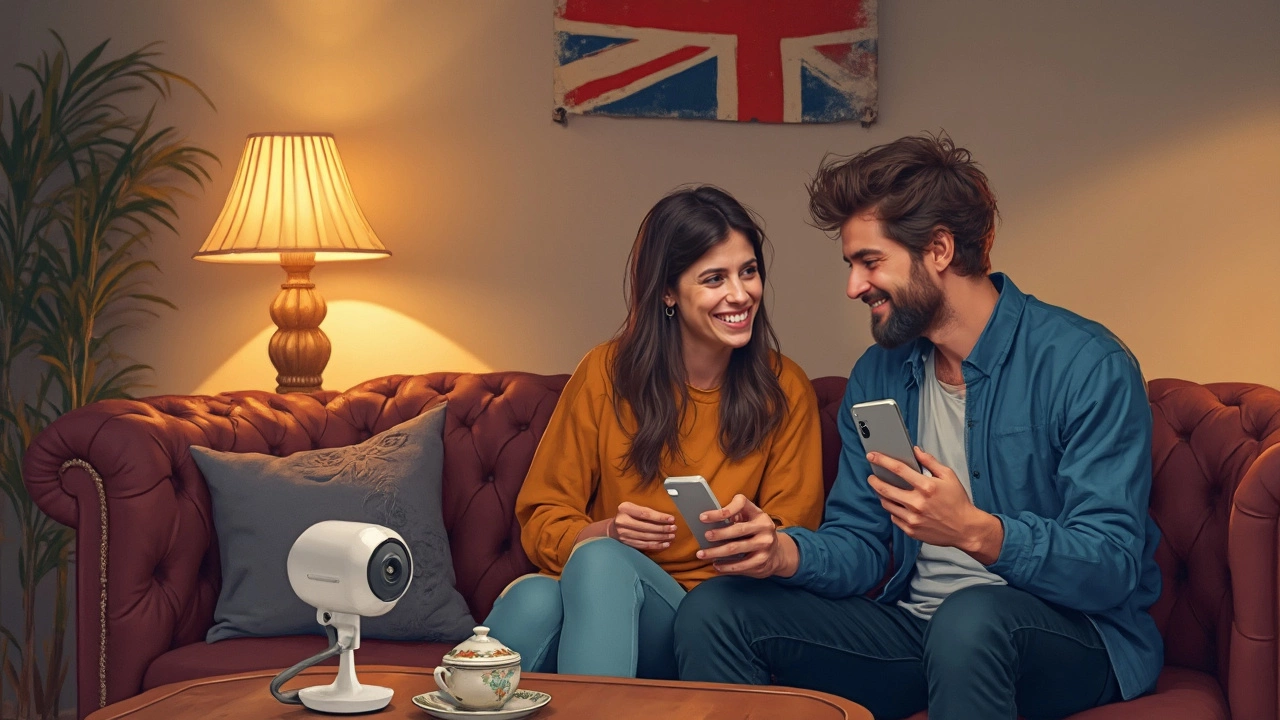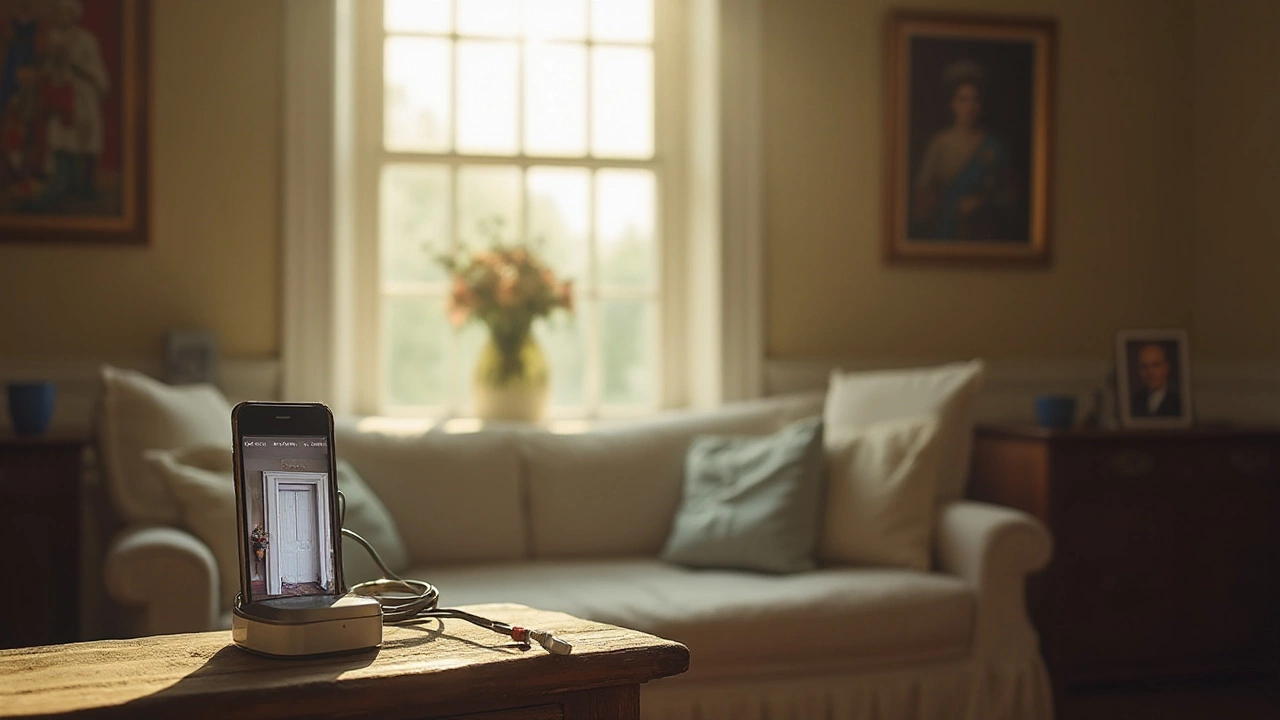If you’re looking to keep an eye on your property, a good security camera can make a huge difference. You don’t need a tech degree to choose the right kit or install it yourself. Below, we break down the basics – what types exist, where to mount them, and how to make sure they actually work when you need them.
First, decide if you want wired or wireless. Wired cameras deliver steady video and are less prone to signal hiccups, but they need a cable run and sometimes a professional’s help. Wireless (Wi‑Fi) cameras are easier to move around and usually run on a plug‑in or battery, but they rely on a solid internet connection.
Next, think about night vision. Infrared (IR) LEDs let a camera see in total darkness, but the image looks black‑and‑white. Some newer models add color‑enhanced night vision that looks clearer, though it can be pricier. If you have a dark yard, pick a camera with at least 30‑meter IR range.
Finally, check storage options. Cloud plans keep footage safe from theft, but they cost a monthly fee. Local SD cards are cheap, but you risk losing data if the camera is stolen. A hybrid setup—cloud for motion alerts, SD for continuous recording—gives the best of both worlds.
Where you put a camera matters more than the camera’s specs. Aim for eye level (about 6‑7 feet) on the front door and any side entry. Avoid pointing straight at bright lights or the sun; glare will wash out the picture. For backyards, mount cameras high enough to stay out of reach, but low enough to get a clear view of faces.
Don’t forget privacy zones. Many cameras let you mask out windows or neighbours’ yards, keeping you compliant with local privacy laws. Turn on motion detection and set alerts only for the zones you care about – this cuts down on unnecessary notifications.If you have a Wi‑Fi camera, test signal strength before drilling holes. Use a Wi‑Fi analyzer app on your phone to find the strongest spot, or consider a Wi‑Fi extender if the router is far away.
Once installed, download the companion app and link the camera to your phone. Most apps let you watch live streams, replay clips, and adjust settings on the fly. Enable two‑factor authentication to protect the feed from hackers.
With the right type, proper placement, and a bit of tweaking, your security camera will give you peace of mind without breaking the bank. Whether you’re securing a cosy flat or a sprawling house, these simple steps keep you covered day and night.

Picking the best security camera brand means thinking about reliability, features, and how easy it is to use. This article compares the top contenders and shares what really sets the leaders apart this year. Get tips on what to look for before buying, plus some surprising industry trends. Find out which brand claims the No. 1 spot and why users are sticking with it. Whether you’re a tech newbie or a gadget lover, get practical advice for keeping your home safer.

Connecting security cameras to your phone without WiFi might sound tricky, but it's completely doable. This article explores different methods to bridge your phone with security cameras using wired or direct connections. You'll learn about practical solutions like hotspot connections, Bluetooth, and hardwired options. These approaches can be lifesavers when WiFi access is limited or unavailable. Equip yourself with the know-how to keep an eye on things, no internet needed.

Discover how you can repurpose your old smartphone into a reliable security camera with the help of specialized apps. Learn about the benefits and limitations of using smartphones for home surveillance, as well as tips for optimal setup. This guide walks you through choosing the right app and maximizing the effectiveness of this cost-saving security solution.